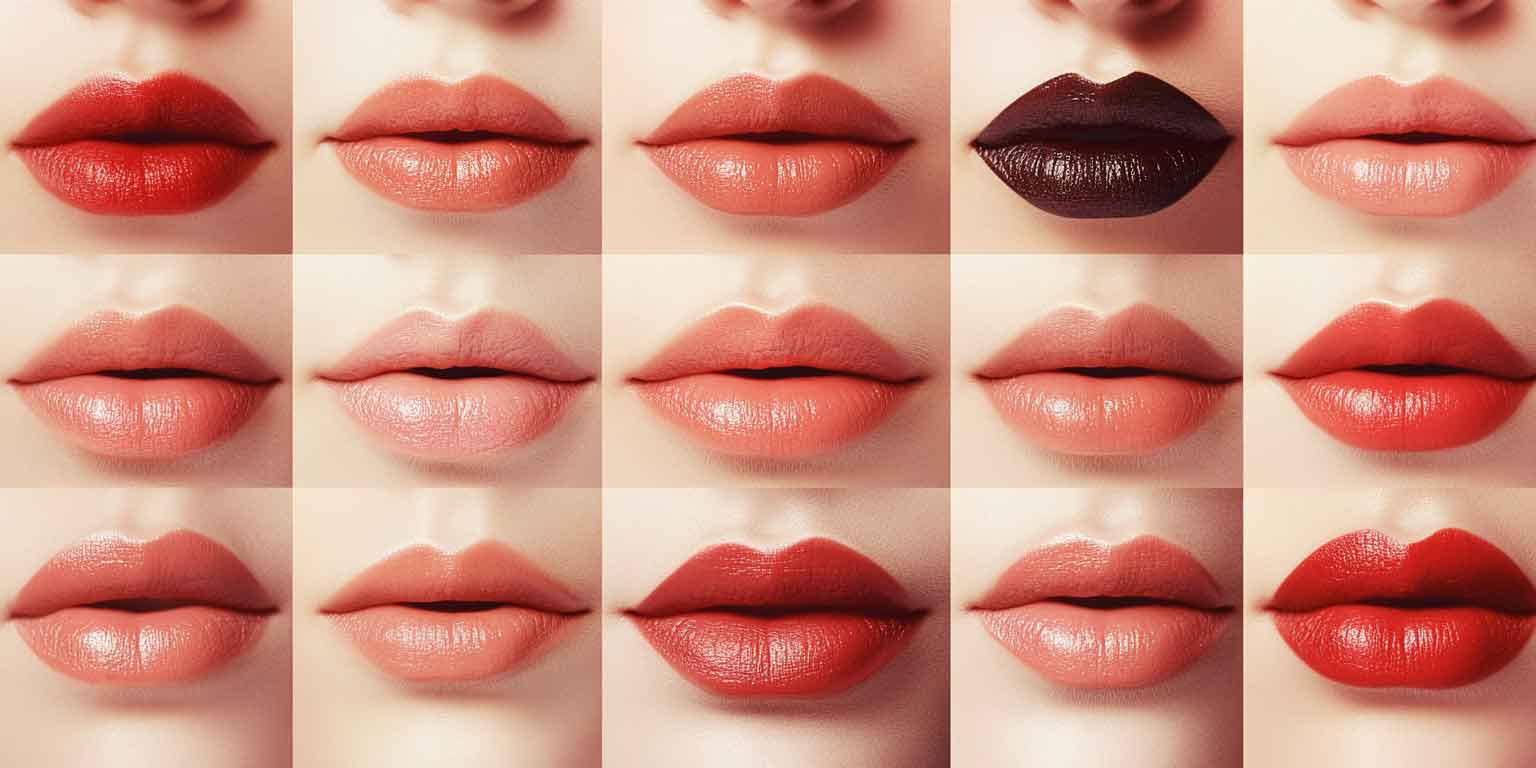Why Do Lips Thin With Age & What You Can Do
By Dr. Stephen Cosentino
PRESIDENT OF EMPIRE MEDICAL TRAINING
Thinning lips are a subtle yet noticeable sign of aging that can impact self-esteem and confidence. While this process begins in your 20s, it's often imperceptible to most people without powerful mirrors. However, the gradual loss of lip volume is real, but it can be addressed in various ways.
Understanding the Mechanism of Lip Thinning
The primary culprit behind age-related lip thinning is collagen loss. Collagen, the protein responsible for skin's structure and elasticity, naturally diminishes as we age. This process begins slowly in early adulthood and accelerates in your 30s and 40s, with an average loss rate of about 1% per year.
Several factors can speed up collagen loss:
- Smoking
- Excessive sun exposure without protection
- Inflammation due to poor diet or chronic illness
The lips, having a smaller surface area and less initial collagen than other facial features, are particularly susceptible to these changes. Even minor alterations in collagen distribution can significantly affect their appearance.
Strategies to Combat Lip Thinning
While some degree of lip volume loss is inevitable, there are several strategies to slow or reverse this process. These methods are effective for both age-related thinning and naturally thin lips.
1. Lifestyle and Environmental Changes
Start by implementing these healthy habits:
- Quit smoking or avoid secondhand smoke
- Use SPF lip balm consistently
- Maintain a balanced, nutrient-rich diet
- Stay hydrated
- Manage stress through relaxation techniques or exercise
2. Makeup and Lip Care Techniques
Utilize these time-tested methods to enhance lip appearance:
- Exfoliate lips gently to remove dead skin cells
- Apply a hydrating lip balm regularly
- Use a lip liner slightly outside your natural lip line
- Choose lipsticks with light-reflecting particles
- Apply a dab of highlighter to your cupid's bow
3. Minimally Invasive Lip Augmentation
For more significant results, consider temporary lip fillers. Popular options include:
These hyaluronic acid fillers are designed to add volume while maintaining a natural appearance. Results typically last 6 to 18 months, depending on various factors such as dosing, individual anatomy, and initial volume loss severity.
Advanced Lip Filler Techniques
For longer-lasting results, dermal fillers that stimulate collagen and elastin production in the deep skin layers are an excellent option. Radiesse is a popular choice in this category.
It is important to choose a board-certified medical professional with specialized training in advanced lip filler techniques. While these treatments are generally considered safe, the risk of undesirable side effects increases with less experienced providers.
The Importance of Professional Expertise
When considering lip augmentation, it's paramount to seek a cosmetic surgeon or other qualified medical professional who has completed comprehensive training in advanced lip filler techniques. This expertise ensures:
- Optimal results tailored to your facial structure
- Minimized risk of complications
- Natural-looking outcomes
- Proper assessment of your individual needs
Understanding the Limitations and Expectations
While lip fillers can provide significant improvements, it's important to have realistic expectations:
- Results are temporary and will require maintenance
- Individual responses to fillers can vary
- Dramatic changes may not always look natural
- There may be some initial swelling or bruising
Combining Treatments for Optimal Results
For a comprehensive approach to facial rejuvenation, consider combining lip augmentation with other treatments:
- Botox for fine lines around the mouth
- Skin resurfacing treatments for overall texture improvement
- Cheek fillers to provide lift and balance to the face
Maintaining Your Results
To prolong the effects of your lip augmentation:
- Follow all post-treatment care instructions
- Continue with good skincare habits
- Schedule regular follow-up appointments
- Consider maintenance treatments as recommended by your provider
Conclusion
Age-related lip thinning is a natural process, but it doesn't have to be accepted as inevitable. With a combination of lifestyle changes, proper skincare, and advanced cosmetic procedures, it's possible to maintain fuller, more youthful-looking lips. Always consult with a qualified professional to determine the best approach for your individual needs and goals. Remember, the key to successful lip augmentation lies in subtle enhancements that complement your natural features, rather than dramatic changes that may look unnatural.


